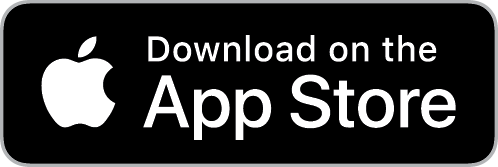Primary 4 - First Level Literacy
Online Literacy Lessons for Primary 4 Students in Scotland.
Primary Four grammar lessons introduce pupils to collective nouns, teaching them the definition of a collective noun and helping them to identify them in a sentence.
Our grammar and literacy lessons move on to past and present-tense verbs. We teach pupils to identify verbs within a sentence and to understand the terms present tense and past tense and to identify them in a sentence. They learn what verb families are and how to identify them.
We develop their learning of adverbs, teaching the definition of an adverb and how to identify adverbs within a sentence.
Pupils develop their understanding of adjectives, learning the definition of an adjective and to be able to identify adjectives in a sentence. They learn to use adjectives in their writing to make it more interesting.
They learn to identify both comparative and superlative adjectives, identifying them and using them in their writing.
We introduce connectives, teaching their purpose and how to identify and use 'because', 'and', 'so', and 'but'.
Pupils learn the definition of a simile, including the words 'like' or 'as' and how to identify and use them in their writing.
They learn the definition of a metaphor and how to identify metaphors in writing.
We introduce apostrophes, demonstrating how they can be used to mark contractions and possession and teaching pupils how to use them to do so.
They learn the definition of an antonym and how to give examples of antonyms.
They learn the definition of a synonym and can give examples of synonyms.
We develop their understanding of the alphabet, showing them to organise words in alphabetical order by looking at the first, second and third letters. They learn that there are 26 letters in the alphabet, made up of 21 consonants and five vowels. They learn to sort words into alphabetical order.
Pupils are introduced to speech marks and punctuation, learning when to use them, identifying the words spoken by using speech marks and punctuating correctly when using speech marks.
Primary Four writing lessons teach the purpose of connectives, and how to identify the connectives 'for', 'and', 'nor', 'but', 'or', 'yet' and 'so'. Pupils learn how to write compound sentences, identify and use connectives and identify the grammatical term co-ordinating conjunctions.
They learn writer's craft, how to continue text using the features of the original story, such as characters and events.
We teach them to write a set of instructions and ensure they have the correct key features and that they can recognise the key features of instructional writing.
Our letter-writing lessons demonstrate the layout of a formal letter with examples. They explain the layout of informal letters with examples and teach that letters can be formal or informal. Pupils learn to identify the key features of formal and informal letters and to give examples of both.
When learning to write non-chronological reports, our pupils are taught the key features of a non-chronological report and how to use them to write a report.
We introduce the concept of a diary and teach the layout of a diary and its purpose. Pupils learn to identify the features of a diary, understand why someone might write a diary and to write a diary extract.
Our lessons on autobiographical and biographical writing explain the difference between the two, that they are both written in the past tense and detail the key features of both a biography and an autobiography. Pupils learn to identify the features of both and to be able to write an autobiography and a biography.
When learning about non-fictional texts they learn to identify their key features and give examples.
We show pupils how to skim text to find the main idea and how to scan text to find specific information.
Our sequencing lessons show how to sequence events in a story, how to sequence a set of instructions and to use time connectives when describing the order of events.
Our pupils learn to understand what is meant by the term 'fact', what is meant by the term 'opinion' and to know the difference between the two.


"It's bright and colourful, easy to read, and extremely easy to use unlike most textbooks or online learning websites" Daisy, S3 PupilSign Up & Learn Today

